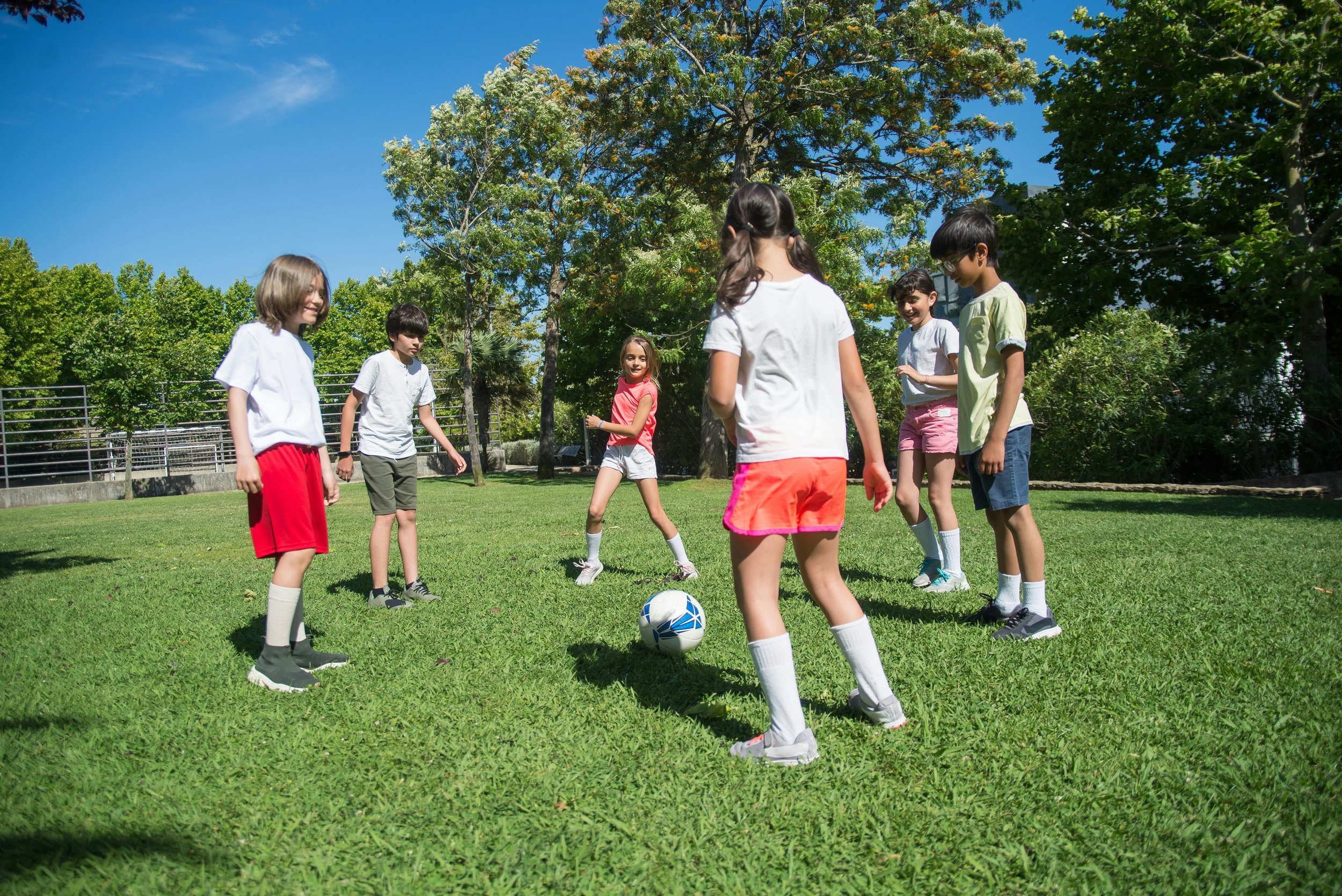
COMPREHENSIVE GUIDE TO AFTER-SCHOOL PROGRAMS
Everything You Need To Know About After-School Programs
Overview Of After-School Programs
After-school programs provide structured activities and supervision for children outside of regular school hours. These programs play a crucial role in child development, offering academic support, social interaction, and physical activities. Our experienced staff and well-designed programs ensure that every child receives the attention and opportunities they need to thrive.
Benefits & Advantages Of After-School Programs
Improved Academic Performance
After school programs often include homework help and tutoring, which can lead to better grades and a stronger understanding of school subjects.
Enhanced Social Skills
Children have the opportunity to interact with peers, develop friendships, and learn teamwork and communication skills.
Greater Physical Health
Programs that include sports and physical activities help children stay active and healthy, combating issues like obesity.
"My child's grades have improved significantly since joining the after-school program."
– Satisfied Parent
"The social skills my daughter has gained are incredible."
– Happy Parent
Case Studies
Improved academic and social skills: A 9-year-old child enrolled in our after-school program exhibited significant challenges in both academic performance and social interactions. Initially struggling with focus, task completion, and making friends, the child often felt overwhelmed in the classroom and isolated during social activities. Through tailored academic support, social skills training, and consistent positive reinforcement provided in our program, the child gradually improved. Over the course of a semester, teachers reported marked progress in the child's ability to stay on task and complete assignments, while peers noted an increase in the child’s social confidence and participation in group activities. By the end of the school year, the child not only achieved higher grades but also built meaningful friendships
A passion for STEM: A middle school student who initially showed little interest in academics discovered a passion for STEM through our specialized programs. The student often felt disengaged in traditional subjects but found a new sense of excitement when introduced to hands-on projects in our STEM curriculum. Through activities like coding, robotics, and science experiments, the student began to develop a deep interest in technology and engineering. This newfound passion led to improved performance in science and math classes, as well as increased participation in school STEM clubs. By the end of the program, the student was not only excelling academically but also considering a future career in STEM, highlighting the impact of our specialized programs in fostering a love for learning.
Types Of After-School Activities
Sports Activities
Including soccer, basketball, and gymnastics.
Arts & Crafts
Painting, drawing, and creative projects.
Academic Support
Homework help, tutoring, and study groups.
Music & Performing Arts
Choir, drama, and instrument lessons.
STEM Activities
Coding, robotics, and science experiments.
1. Registration Process
2. Initial Consultation
3. Program Selection
1. Registration Process 2. Initial Consultation 3. Program Selection
Step 1: Registration Process
Fill out our online registration form or contact us at (559) 521-5672 to get started.
Step 2: Initial Consultation
Schedule a consultation with our program coordinator to discuss your child's needs and interests.
Step 3: Program Selection
Choose from a variety of programs that best fit your child’s interests and schedule.
Common Challenges and Solutions
Challenge 1:
Balancing academic and extracurricular activities
Managing schoolwork and after school activities can be challenging.
Our programs offer support for balancing both to make sure your child excels in all fronts.
Challenge 2:
Finding a program that fits your child’s interests
It’s essential to find activities that your child enjoys.
We offer a wide range of activities to cater to different interests.
Challenge 3:
Managing transportation and schedules
Getting your child to and from programs can be a logistical issue.
We work with your schedule to ease any transportation concerns you may have.
FAQs
-
Our after-school programs include a variety of activities such as sports, arts and crafts, academic support, music, and STEM projects. Learn more about the types of activities.
-
After-school programs provide homework help and tutoring, which can lead to better grades and a stronger understanding of school subjects. Read about the benefits.
-
Consider factors such as your child’s interests, the quality of the program, its location, and schedule. Get tips on choosing the right program.

















